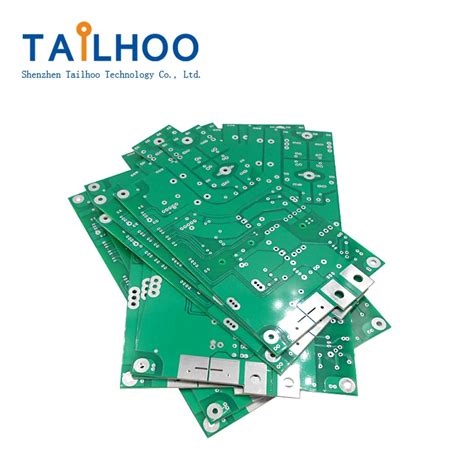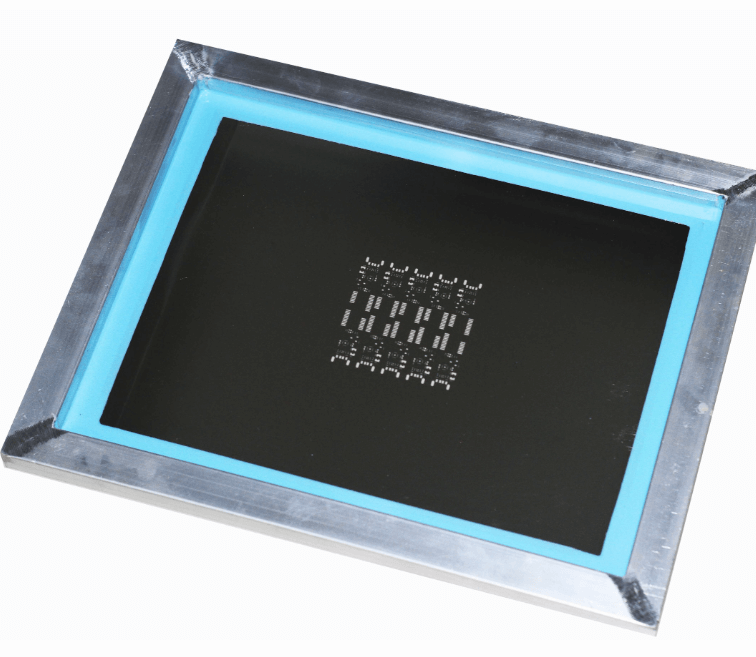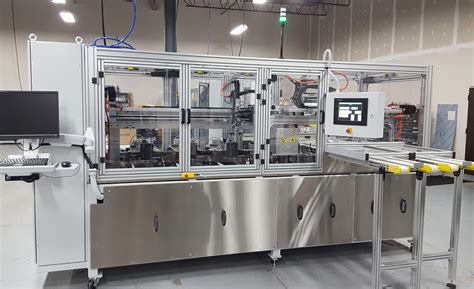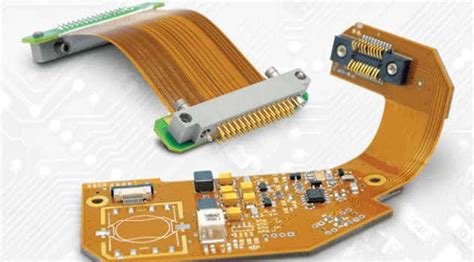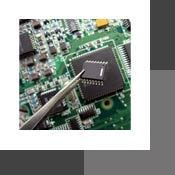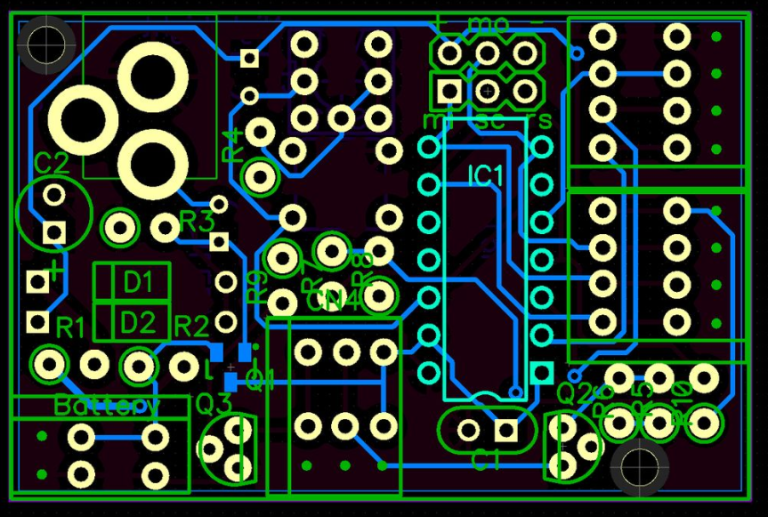North American PCB Manufacturing: Balancing Cost and Quality

Key Takeaways
When evaluating PCB manufacturing options in North America, you’ll notice a unique balance between PCB manufacturing cost and quality that differs from overseas alternatives. While Asian suppliers often emphasize bulk pricing, local PCB manufacturing companies prioritize IP security, faster prototyping, and tariff-free logistics—factors that mitigate long-term risks. For instance, choosing a regional PCB manufacturing business can reduce lead times by 30–60%, critical for time-sensitive projects.
"Always compare total landed costs—shipping delays, import duties, and quality rework can erase perceived savings from low per-unit pricing."
North American suppliers also excel in design collaboration, offering iterative support that reduces errors early in production. This proactive approach often offsets higher upfront costs by minimizing waste and delays. For specialized industries like aerospace or medical devices, domestic quality certifications (e.g., ITAR, ISO 13485) add another layer of reliability.
To maximize value, explore hybrid sourcing models, pairing North American prototyping with scaled overseas production. This strategy leverages the agility of local partners while maintaining cost efficiency for high-volume orders. By aligning your priorities—whether speed, compliance, or budget—you can tailor a solution that meets both technical and financial goals.
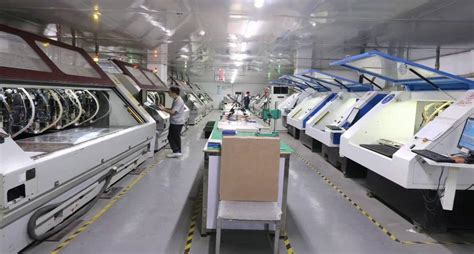
North American PCB Costs vs. China: Key Differences
When evaluating PCB manufacturing costs, geographic location plays a pivotal role. North American PCB manufacturing companies often face higher labor and regulatory compliance expenses compared to Chinese suppliers, but this doesn’t always translate to inferior value. For instance, shipping delays and tariff uncertainties with overseas production can erode initial savings, especially for time-sensitive projects.
Here’s a breakdown of key cost drivers:
| Factor | North America | China |
|---|---|---|
| Base Labor Costs | Higher | Lower |
| Regulatory Compliance | Strict (EPA, OSHA) | Less Stringent |
| Shipping Times | 3-7 days | 14-30+ days |
| Tariff Risks | Minimal | Higher Volatility |
While PCB manufacturing business models in Asia prioritize scale, North American suppliers offset expenses through leaner logistics and reduced import duties. For prototypes or low-volume orders, local PCB manufacturing minimizes hidden costs like rushed freight or quality rework. However, high-volume production still favors China’s economies of scale. The decision hinges on balancing speed, risk mitigation, and total expenditure—a calculation that varies dramatically based on project scope and IP sensitivity.
This cost structure directly impacts how you allocate budgets, especially when pairing PCB manufacturing cost considerations with design complexity or supply chain resilience needs.
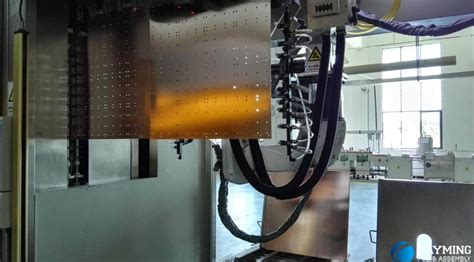
Local Prototyping: Speed vs. Overseas Savings
When weighing PCB manufacturing options for prototyping, you’re often caught between two priorities: speed or cost efficiency. Local PCB manufacturing companies excel at rapid turnaround, often delivering functional prototypes within 5–10 business days. This agility lets you test designs faster, iterate quickly, and accelerate product development cycles—critical advantages in competitive markets. However, overseas alternatives might appear tempting due to lower PCB manufacturing cost, particularly for high-volume orders.
The trade-off lies in hidden expenses. While offshore suppliers offer upfront savings, extended shipping times (4–8 weeks), customs delays, and communication gaps can inflate timelines and indirect costs. For prototypes requiring multiple revisions, these delays risk derailing project schedules. Local suppliers mitigate this by providing real-time collaboration, reducing errors early in the PCB manufacturing business process.
Still, overseas options remain viable for simple, low-risk designs where cost dominates decision-making. The key is aligning your choice with project priorities: speed-to-market for innovation-driven ventures or budget optimization for standardized components. Later sections will explore how balancing these factors intersects with IP security and tariff considerations—a critical layer in the decision matrix.
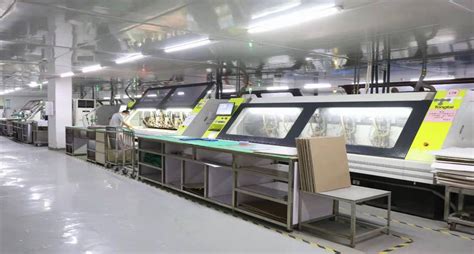
Balancing IP Security and PCB Production Budgets
When selecting PCB manufacturing companies, protecting intellectual property (IP) often competes with managing PCB manufacturing cost. Offshore production might offer lower upfront expenses, but it introduces risks like unauthorized design replication or supply chain leaks. By prioritizing local or regional partners, you gain tighter control over sensitive data through enforceable contracts and compliance with North American IP laws—critical for defense, aerospace, or proprietary tech projects.
Modern PCB manufacturing workflows now integrate encryption and secure file-sharing protocols, allowing domestic suppliers to safeguard designs without inflating budgets. While PCB manufacturing business expenses in the U.S. or Canada may appear higher than overseas alternatives, consider hidden costs: legal disputes over IP theft, delayed shipments, or retrofitting poorly fabricated boards. Some regional manufacturers offset pricing gaps with volume discounts or hybrid models—producing complex layers domestically while outsourcing simpler tasks to trusted global partners.
This strategic balance ensures your technical specifications remain confidential while aligning with financial constraints. As you evaluate options, prioritize transparency in security practices and scalability in pricing—key factors for maintaining competitiveness without compromising innovation.
Tariff-Proof Sourcing: US and Canada Options
When evaluating PCB manufacturing partners in North America, proximity to your operations often translates to tangible supply chain advantages. Choosing PCB manufacturing companies within the U.S. or Canada eliminates unpredictable import tariffs, which can add 25% or more to PCB manufacturing costs when sourcing overseas. While initial quotes from Asian suppliers might appear lower, hidden logistics delays and customs complexities frequently erode those savings. Regional suppliers also simplify compliance with ITAR or other security-driven regulations, a critical factor for aerospace, defense, or medical device applications.
Many North American PCB manufacturing business models now leverage automation and scaled production to narrow the pricing gap with offshore competitors. For instance, U.S.-based fabricators in tech hubs like Silicon Valley or Michigan’s automotive corridor offer tariff-proof pricing structures while maintaining ISO-certified quality standards. Canadian manufacturers, particularly in Ontario and Quebec, provide additional cost buffers through favorable exchange rates and cross-border trade agreements like USMCA. By prioritizing suppliers within these regions, you gain tighter control over lead times, intellectual property security, and post-production support—factors that ultimately stabilize long-term PCB manufacturing cost calculations.
For projects requiring rapid iteration, local partnerships further reduce risk. A prototype delay caused by overseas shipping bottlenecks can derail product launches, whereas regional suppliers often guarantee 5-10-day turnarounds. This agility becomes a hidden cost-saver, allowing faster time-to-market without sacrificing quality benchmarks.

Quick-Turn PCB Manufacturing in North America
When accelerating product development cycles becomes critical, partnering with North American PCB manufacturing companies offering quick-turn services provides distinct strategic advantages. These suppliers typically deliver prototypes in 5–10 business days—60–70% faster than overseas alternatives—while maintaining tighter control over PCB manufacturing quality standards. The premium for expedited domestic production often proves lower than expected when factoring in eliminated shipping fees, reduced customs delays, and mitigated risks of design IP leakage. Major tech hubs like Silicon Valley and Toronto host specialized PCB manufacturing business operations combining automated production lines with localized material sourcing, enabling both speed and cost predictability.
While PCB manufacturing cost per unit remains higher than Asian benchmarks for standard orders, North American quick-turn services become cost-competitive when considering total project timelines and protection of proprietary designs. You’ll want to request detailed breakdowns of their accelerated workflows—many facilities now offer AI-driven design verification and 24/7 shift operations that compress timelines without sacrificing reliability. This approach proves particularly valuable when iterating IoT devices or medical equipment prototypes requiring multiple rapid revisions. By aligning your priorities with regional capabilities, you maintain agility without compromising on the technical rigor expected in advanced electronics.
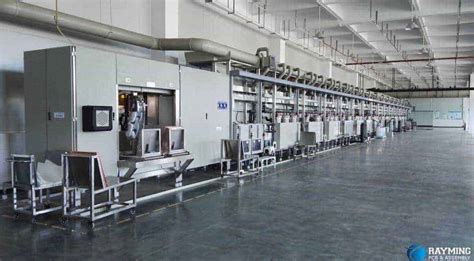
Mexico’s Role in Affordable North American PCBs
When evaluating PCB manufacturing options across North America, Mexico emerges as a strategic partner for balancing cost efficiency with regional supply chain advantages. Unlike offshore alternatives, Mexican PCB manufacturing companies benefit from proximity to U.S. and Canadian markets, reducing logistics delays and inventory carrying costs. Labor expenses here remain competitive compared to domestic U.S. production, while tariff mitigation under trade agreements like USMCA further lowers PCB manufacturing cost for cross-border operations.
For businesses prioritizing IP security, Mexico’s legal framework aligns closely with North American standards, offering stronger protections than many overseas suppliers. This makes it easier to safeguard sensitive designs while maintaining tighter control over production workflows. Additionally, Mexican facilities often adopt advanced manufacturing technologies comparable to those in the U.S., ensuring consistent quality without the premium pricing of domestic-only suppliers.
By integrating Mexico into your PCB manufacturing business strategy, you gain access to a hybrid model: nearshore pricing with shorter lead times and reduced geopolitical risks. Whether prototyping or scaling production, this approach lets you allocate budget more effectively—diverting savings toward R&D or testing while keeping critical operations closer to home.
Domestic PCB Quality: When to Pay More
When evaluating PCB manufacturing costs, it’s critical to recognize scenarios where prioritizing domestic quality justifies higher upfront investments. Mission-critical applications—such as aerospace systems, medical devices, or industrial automation—often demand tighter tolerances, advanced materials, and rigorous testing protocols that North American PCB manufacturing companies typically excel in. While overseas suppliers might offer lower per-unit pricing, inconsistencies in solder mask application, impedance control, or via reliability can lead to costly failures in high-stakes environments.
Domestic PCB manufacturing businesses also reduce risks linked to intellectual property (IP) leaks, as proximity allows for stricter oversight of production processes. For example, designs requiring mil-spec compliance or specialized RF/microwave substrates benefit from local engineers’ ability to collaborate directly on iterations, minimizing delays from miscommunication.
However, higher PCB manufacturing expenses don’t always translate to better value. Assess whether your project truly requires NEMA FR-4 laminates or gold-plated finishes—or if standard materials suffice. Balancing cost-sensitive prototyping with high-reliability volume runs often means splitting orders: using overseas partners for early-stage validation while reserving domestic capacity for final production. This hybrid approach ensures you pay a premium only when quality directly impacts performance, safety, or regulatory compliance.
Maximizing Value With Regional PCB Suppliers
When evaluating PCB manufacturing partners, proximity creates unique advantages that extend beyond basic cost calculations. Regional suppliers in North America often provide strategic alignment with your operational needs, particularly when balancing PCB manufacturing cost considerations against quality requirements. By collaborating with local PCB manufacturing companies, you gain access to real-time communication channels that reduce design iteration delays—a critical factor when prototyping or scaling production.
Geographic proximity enables supply chain resilience, allowing faster material substitutions and minimizing logistics bottlenecks. While offshore options might appear cheaper initially, regional PCB manufacturing business models often offset higher labor costs through reduced shipping expenses, lower import duties, and minimized inventory carrying costs. Many North American suppliers now employ automation to achieve cost-parity thresholds for mid-volume orders, particularly in specialized sectors like aerospace or medical devices.
To maximize value, assess suppliers through a total cost of ownership lens—factoring in IP protection safeguards, lead time reliability, and post-production support. Tiered pricing structures at local PCB manufacturing facilities can help match payment flexibility to your cash flow cycles, while regional certifications (like ITAR or UL) ensure compliance without costly retrofits. This approach positions regional partners as value multipliers rather than mere cost centers, particularly when producing technology-sensitive components.
Conclusion
When navigating PCB manufacturing decisions, the choice between regional and overseas suppliers ultimately hinges on aligning priorities with operational realities. While PCB manufacturing cost remains a critical factor, local partnerships often deliver intangible advantages—like tighter IP controls and agile revisions—that safeguard long-term competitiveness. North American PCB manufacturing companies excel in scenarios where speed-to-market and regulatory compliance directly impact profitability, even if initial quotes appear higher than overseas alternatives.
By leveraging regional clusters—such as U.S.-based quick-turn specialists or Mexico’s cost-optimized facilities—you can mitigate tariffs and logistics risks without sacrificing quality benchmarks. This approach ensures your PCB manufacturing business remains resilient against supply chain disruptions while maintaining transparency in production standards. Remember: the true cost of a board isn’t just its price tag but the cumulative value of reliability, security, and adaptability. Prioritizing these elements positions your projects to thrive in markets where precision and trust outweigh short-term savings.
FAQs
How do North American PCB manufacturing costs compare to overseas options?
While Asian suppliers often advertise lower base rates, PCB manufacturing companies in North America eliminate hidden fees like tariffs, long-distance shipping, and customs delays. Total landed costs frequently align when factoring in these variables, especially for mid-volume orders.
Can local prototyping speed justify higher PCB manufacturing business expenses?
Yes. Regional suppliers offer 24-72 hour PCB manufacturing turnarounds for prototypes, accelerating product testing cycles. This agility often offsets marginally higher per-unit costs by reducing time-to-market penalties common with overseas partners.
How does IP protection affect PCB manufacturing cost decisions?
North American facilities operate under strict intellectual property laws, reducing risks of design replication. While this security adds ~5-15% to baseline PCB manufacturing expenses, it prevents costly legal battles or revenue loss from counterfeit products.
Do tariff-free trade zones impact PCB manufacturing companies’ pricing?
USMCA-certified suppliers in Mexico and Canada provide tariff mitigation while maintaining <72-hour shipping to US destinations. This hybrid model blends cost efficiency with geographic proximity, often delivering 18-22% savings versus purely domestic PCB manufacturing for high-volume orders.
Ready to Explore Your Options?
For a detailed breakdown of regional PCB manufacturing strategies that align with your budget and technical requirements, please click here to access our comparative cost analyzer and supplier matching tool.

